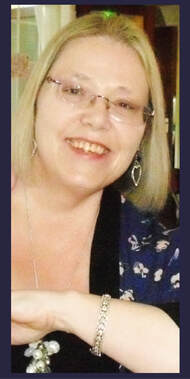 Firstly, thank you for inviting me to your blog and to explain my writing journey. I’m sure every writer’s journey is different, much dependent on lifestyle, circumstances, experiences and so forth. For me, I can only say that yes, I’ve always loved writing /reading stories but it wasn’t until what happened to my daughter, Samantha, that I seriously put pen to paper, not even knowing if it could be published. My daughter was born with transposition of the main arteries (crossed the wrong way to the heart), a block value and other issues regarding the heart. She had a temporary surgery to keep her as healthy as possible, a few days old, then at eight months, Samantha has major heart surgery at Great Ormond Street Hospital for Sick Children in London. The surgery was a success and she continued to live a happy and healthy life, although, she did have to take heart medicine. Everything was going well until her heart stopped and she died for the first time when she was two and a half. This was in the Eighties and the medical profession has come a long way since then, but in those days, there were no specialist paramedics but only ‘ambulance people’ who had reasonable skills but nothing like these days – the equipment was far more basic, too. The consequence was that Samantha was revived but too late by doctors, so all that was left was an empty shell; who she’d been had vanished. Samantha existed in this state for seventeen years until she died for a second and final time. You wonder what this had to do with my writing journey? What happened to Samantha affected me so badly that even now, decades later, I am still broken, despite living a life as best as I can. One question haunted me during those waiting years – ‘Where had my daughter gone?’ Yes, her struggling body was there, but she didn’t know me, was completely helpless and suffering every day. Her mind, though, her joyful, beautiful personality had been wiped clean – so what happened to it? The result was my book, Gone, a fantasy which attempted to answer that question. It, of course, had to be a fantasy because how else could these matters be addressed?
Writing helped keep my mind occupied away from ‘real life’; its misery, sadness and difficulties. After those two difficult books, I explored other genres – fantasy being my favourite because I can make up the things I wanted to make possible. So as not to become bored, I expanded my writing net and produced genres such as crime thrillers, humour, paranormal, science-fiction, exploratory (‘what if’ stories), mystery adventure, horror, post-apocalyptic and others. I wrote for both adults and children. The Avalon Trilogy was actually brought to life from Gone – I couldn’t let go of those worlds and knew how much fun it would be to turn it into a fantasy adventure for a younger readership. The story became so large that I had to divide it into three parts – The Star Realm, Invasion and Secrets Of The Ice. I know that I have no actual experience of fantasy worlds, but my imagination can reach into ideas that even surprise me and yet they are rooted in experiences; either personal or something I’ve read, for example. Knowing Jack was sparked by son’s incredible intuition, yielding a mystery adventure for twelve-year-olds (ish). I think all my stories would be appreciated by most age groups, if they are open to phenomenon and imagination. I love to provoke thinking – ‘Could that happen, do you think it did?’ I love to read, an essential part of writing, I believe. Fantasy is an expansive subject and can be fun to read and write. For things like crime thrillers, I do have to check some facts and I am fascinated by why humans do what they do; the psychology is captivating. The mind, especially after what happened to Samantha, is of particular interest to me; memory, character, personality, motives and so forth. I wrote Lost Shadows because of this fascination. There are numerous reasons for the mind to be damaged and memory is key to who we are, in my opinion, therefore, if it was lost… This writing journey has been decades long, however, since my husband died (two years ago but feels like today), I’ve been unable to control the overwhelming feeling that now comes if I try to bring a story to life. The ideas are still there, only when I sit at the PC, the words tumble and swish in time with grief and I have to stop. Anguish over Samantha and her torturous life has never left me and now with Trevor gone (that’s a long story in itself. We met again after thirty-seven years and were together for only eleven), life is a painful voyage without relief. I did write a fantasy romance about us before he died and he enjoyed reading it – it’s called Changing Angels. I’m so glad he read it. I’m not sure how my writing journey will end. I’d love to be able to sell my books, too, ha! I did manage a story called Soul Light earlier in the year, which is a mix of poems and stories that are related, where characters live in an unusual town. I’ve been asked to be part of an anthology based on a particular topic inspired by photographs, and I hope I can do it. I’ve noted some ideas and even started a couple of stories but… Who knows what life will bring; I can only wait and see. I cannot ignore my dreams, so many of them, with names and places and ideas that spark my imagination and compel me to write; to create stories, whether fantasy or horror, or mystery or psychological thriller or murder or even humour and adventure. So, my garden is sown, flourishing, with all manner of growth, and still the dreams come. Julie Elizabeth Powell, my soul lingering within my imagination; maybe you’ll join me?
Here's the link to the promotion of Second Chances along with the five reads I chose and why. https://shepherd.com/best-books/helping-you-step-outside-the-box Although I don't have a book in the category of Life Satisfaction, a new topic on their site, it is a genre in which I write. You may find something there you like.
https://shepherd.com/bookshelf/life-satisfaction Chasing Shadows had an unusual genesis. It transpired from a suggestion I made to a friend about a psychic detective who worked with police to solve murders. In the end, it became my project instead. In the beginning, the hardest part of writing this story was the research into areas with which I was not familiar. Researching the home base of Williams, Arizona, not to mention the various locations up and down Route 66 resulted in my becoming close friends with Google Earth, Bing maps, and regional websites over the course of the book. Once most of the research was in place and a couple of preliminary chapters written, I was energized to write the story. I chose to isolate myself from everything and everybody for two weeks. At the end of that time, Chasing Shadows was ready for editing. This is undoubtedly the fastest I have every written a novel, but my muse was in high gear. Why the Paranormal? The Brita Madison Paranormal Mysteries series is special to me. I named the main character after my late brother Brit. Later in the series, two of the characters are named after my sisters. Of course, the paranormal aspect intrigues me. You can see this in several of my other novels. Why am I drawn to the paranormal? Paranormal abilities related to the mind fascinate me because they draw attention to the possibilities which lie outside the acceptable range of thinking for most people. Stories that embrace the paranormal make the reader want to dig deeper and reach higher to partake of such miraculous experiences, to step outside the humdrum of one's normal life. Whether the stories are mysteries, suspense, or romance, the paranormal element allows a writer to present a unique perspective on conventional circumstances. Because I am a strong believer in the potential of everyone to reach beyond what they believe they are capable of experiencing, to reach beyond the mundane and the tangible, writing about the paranormal seems perfectly natural to me. Dealing with strong intuitions and experiencing strong empathic feelings all my life has sensitized me to that which can be experienced but not touched. My Inner Muse My inner muse and I have an interesting relationship. First, let me say I am a ”pantser,” that is, I do not outline my books ahead of time. I have a general notion of where I’m going, but I may not have any idea where the end lies. This is when my muse and I are simpatico. Every time I’ve tried to be a “planner,” my muse has become extremely flighty. When my muse and I are in sync, I experience an altered state when I sit down to the keyboard. When I am away from the keyboard, I’m not able to daydream about my story or work it all out in my head. Once my fingers are on the keys, I easily step into the characters emotionally. In writing the story, I experience intensely personal relationships with them, despite their being fictional. I feel their pain, their joy, and allow them to lead the way in unfolding the story. In writing all my books, including the nonfiction, it has been a dedicated investment of energy, and I am truly grateful for the experiences. Chasing Shadows Brita Madison is at best a reluctant psychic, and Chief of Police James Weston is the "poster boy for conservative." Can he accept the unimaginable? Brita Madison has found a sanctuary in Williams, Arizona, a refuge from the multitude of visions and voices that have chased her all her life. Then one vision touches her soul, and she finds herself embroiled in the middle of a missing person's case with a woman’s life at stake. Little does she know that this is only the beginning. Brita's visions uncover a trail of murders centered around the historic Route 66. As Brita steps deeper into the world she has been trying to escape, she and Weston are in a race against time to identify the serial killer. This journey threatens to tear apart their lives as well as those closest to them. Chief James Weston put it best: "Chasing after the shadows left behind by sick minds was damaging to one's soul when you were just following the clues. Vicariously experiencing the trauma through visions like Brita's would have to tear at the very fabric of your being." Grab your copy of Chasing Shadows and start the journey with Brita as the learning curve for her paranormal abilities begins. Then continue on with Shattered Hearts and Unraveling Memories as her world enlarges in ways she never thought possible. Book 4 of the Brita Madison Paranormal Mysteries series is in the hands of my muse at the moment. We’re hoping to have it for you sometime in 2023.
Darko Suvin borrowed the term novum from Ernst Bloch to describe the “scientifically plausible innovations used by science fiction narratives.” Ernst Bloch. Bloch was a German Marxist philosopher, who was unlike most orthodox Marxists. He focused on the struggle toward a more just society, a socially and technologically improved future. A great many science fiction narratives play out Bloch’s philosophy that the Universe is undergoing a transition from its primordial foundation toward its ultimate, or final, goal.
Novum actually means novel, unprecedented. With science fiction novels, their locale may be on other planets, their technology may be beyond capabilities at the time of the writing, or their characters may be aliens. These narratives can simply be action-packed tales set in otherworldly or futuristic settings. However, many use futuristic concepts, such as time travel, aliens, parallel universes, space travel, and newly-imagined technologies, to explore the effects of what is happening with the human race here on planet Earth. The science fiction genre is not a modern development. What some consider the first science-fiction novel was penned by Lucian, a satirist from the 2nd century AD. It was titled A True Story. He used themes and even tropes that still characterize modern science fiction. Historians have difficulty in categorizing this work as purely science fiction, however. Consequently, it is also classified as satire and fantasy. Lucian used his tale to criticize the tales of men such as Homer, who he felt were liars with their mythological stories. It was in Lucian’s depiction of an alternate world, defined by Darko Suuvin as cognitive estrangement, and other current themes that has placed his work firmly in the science fiction genre. If you do your research, you will find that science fiction works have expanded in their scope, perhaps due to the actual realization of many of the social and technological advancements over the centuries. Be sure to subscribe to the Sweet & Sassy blog, so you never miss out on any of our posts!  Someone once asked me how to write a children’s book. I responded, “You have to think like a kid.” That’s easy for me to do since I never really grew up. Being a teacher of special needs preschoolers during the 1980s contributed to my forever young attitude. I enjoyed that job. It was such a thrill to introduce the children to new ideas and see the little wheels churning inside their heads. One instance I clearly remember had to do with apples. Our school sat on a hill overlooking the route of Hendersonville’s Apple Parade. To prepare the kids for the afternoon festivities, we spent the morning munching on and talking about the tasty treat. One little guy, Jonathan, was totally mesmerized as he studied his apple, turning it over to look at the top and bottom and outlining the rounded shape with his finger. When I asked the children to draw a picture, Jonathan took his time, looking carefully at the apple while drawing the outline. When completed, his work of art actually looked like an apple, including the stem. Well, to Jonathan and me, it did. Even though it was a four-year-old’s interpretation, the shape and color matched close enough for me to tell he had thought long and hard to get it just right. The most rewarding part of being their teacher was watching the children’s faces light up during storytime. If you’ve read my Inspiring Children One Book at a Time blog posts here on Sassy Scribblers, you know the importance I place on passing on the joy of reading to youngsters. I felt just as strongly about it forty years ago as I do now. So, needless to say, we spent a lot of time reading. It didn’t stop there, though. We also wrote our own books. As a group, we’d make up a story; then, the kids illustrated our book. I used their pictures as the background for the text. Believe me, no one else ever understood or appreciated our literary works, but we did. And that’s what counts. After Bob and I married, we moved to another state and started our aviation education business. However, I never forgot my kids and the fun we had reading and telling stories. In the back of my mind, I told myself I’d have a chance to do it again. That chance arrived when medical issues forced us to find other ways to make a living. I penned the five stories that would later become the first book in the Patchwork Dog and Calico Cat series on a yellow legal pad while Bob spent the day teaching ground schools. It was surprisingly easy to slip back into thinking like a kid. My memories traveled back in time to my classroom of preschoolers. I imagined myself sitting in our book corner reading to them, and I tried to write what I thought they’d like. Of course, the Patchy and Calico stories evolved into longer, more detailed adventures than the simple five or six-sentence books the kids and I wrote all those years ago. However, that’s what launched my attempts at writing. Sometimes I wonder if there’d be any Patchy and Calico books if I hadn’t been a teacher and gained all that experience in my younger life. I guess we’ll never know.  Excerpt from Patchwork Dog and Calico Cat When they arrived at the field, Patchy and Calico hid behind some tall bushes and watched as the airplane came in for a landing. “Look at that, Calico, the airplane is falling out of the air. Look out, Mr. Wilson!” howled Patchwork Dog. As the two friends debated whether or not to run away, the airplane lifted its nose, the wheels gently touched the ground, and the airplane rolled to a stop next to a large building. They watched as Mr. Wilson climbed out of the airplane. “He’s going into that big building. Look, he left the door open on the airplane.” “You’re not going over there, Patchy. No way.” “Just a quick look, Calico. I want to see the inside of the airplane. I promise I’ll come right back.” Off ran the curious dog before Calico could say anything more. When Patchwork Dog got close to the airplane, he walked very slowly and carefully. He hid behind one of the wheels and looked around. Not hearing anything or seeing anybody, he quietly crept over to the open door and peeked inside. “Wow, there’s a lot of strange buttons, knobs, and pedals in there. I wonder what they’re all for?” He stretched his paw as far as he could but couldn’t quite reach anything. “Maybe if I jump up and down.” The bouncing dog still couldn’t touch anything. He jumped a little higher and higher and higher. BAM! CRASH!! THUMP! Patchwork Dog jumped too high, bumped his head, and tumbled down onto the ground. A voice sounded behind him, “Who’s messing with my airplane?” **** Pick up your copy of the book to see what Mr. Wilson does with the sneaky dog.  Available at Amazon.com Print – https://www.amazon.com/Patchwork-Dog-Calico-Greta-Burroughs/dp/1467989460/ Kindle - https://www.amazon.com/gp/product/B006B9RSIQ/ Universal - http://viewbook.at/patchyandcalicocat1 Amazon Author Page - https://www.amazon.com/Greta-Burroughs/e/B003N3F5AQ |
Categories
All
Book GenresArchives
July 2024
|
I will read forever because it lets me visit in my mind the worlds that I will never be able to see; it helps me put away the stresses of the day and relax into the rhythm of the story before me; it lets me bring to the surface and experience without regrets those feelings I hide away; it lets me re-experience the thrill of first love through someone else's eyes; it keeps my mind juiced so that it will never desert me; it is always there for me even when there's no one else. I will read forever no matter whether it is print or digital because the words will always call to me. ~ A Sassy Scribbler


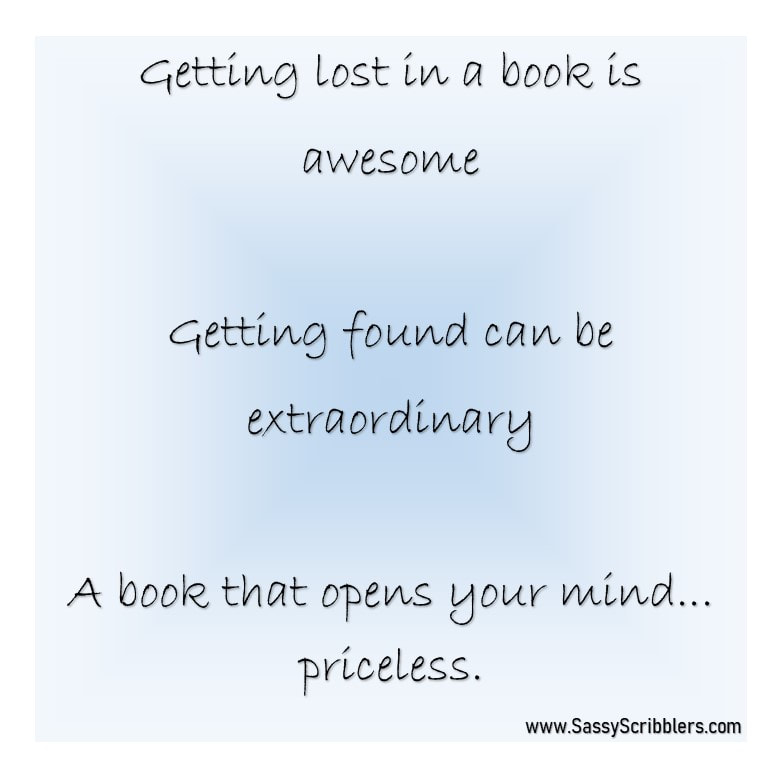





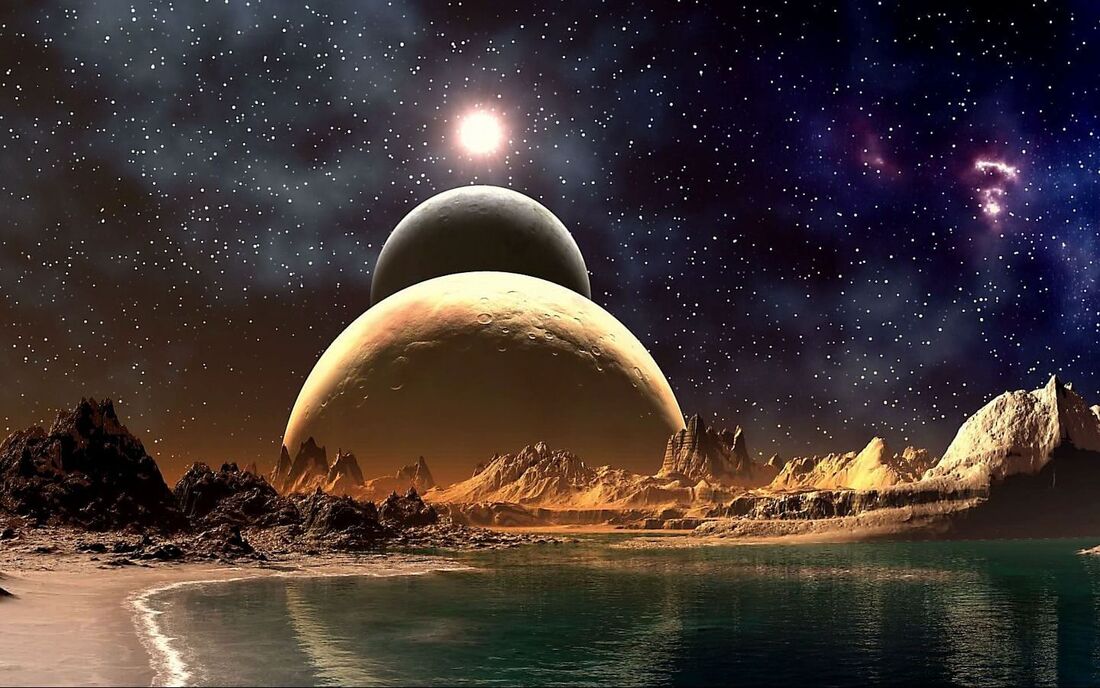
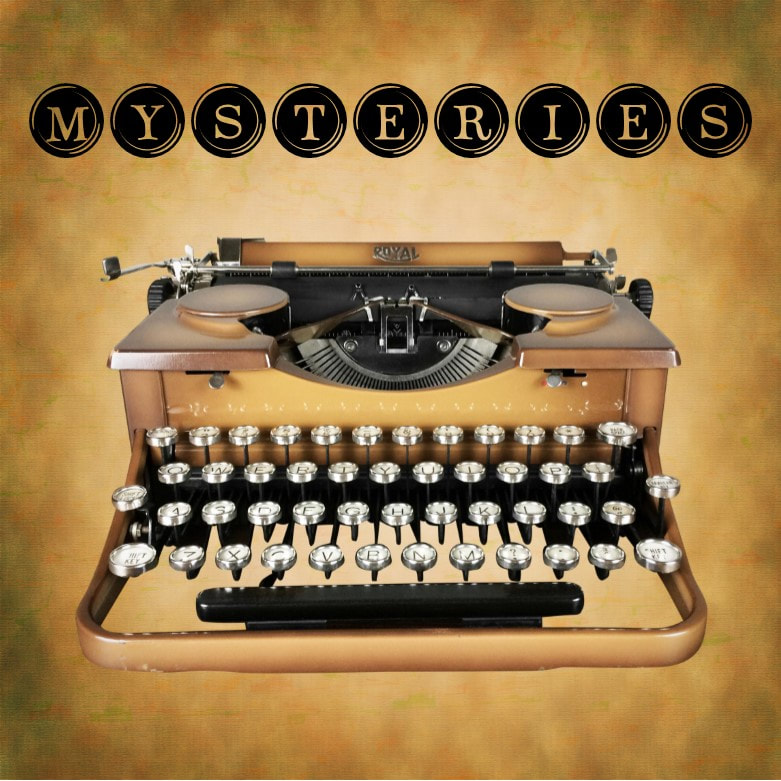

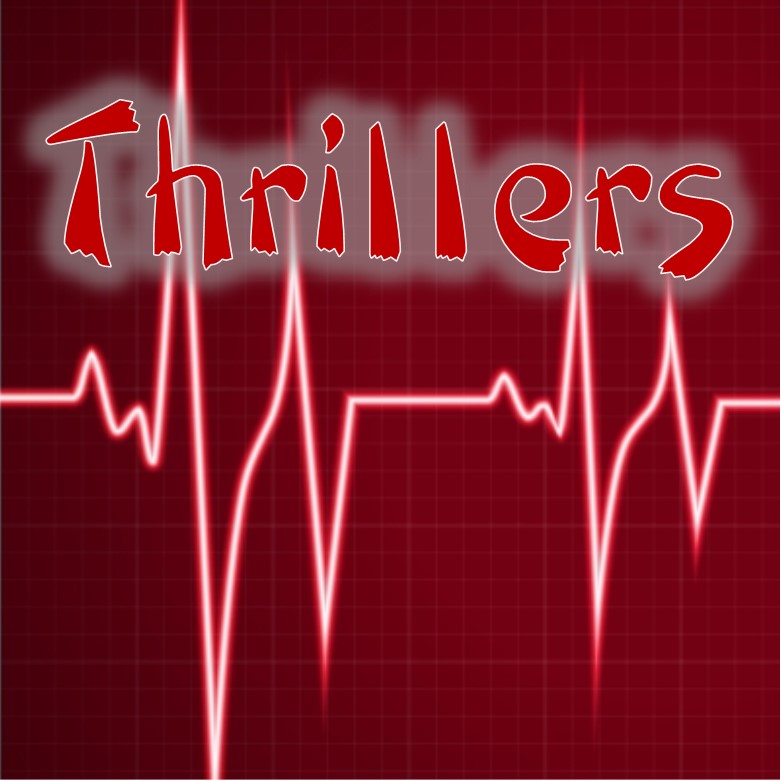
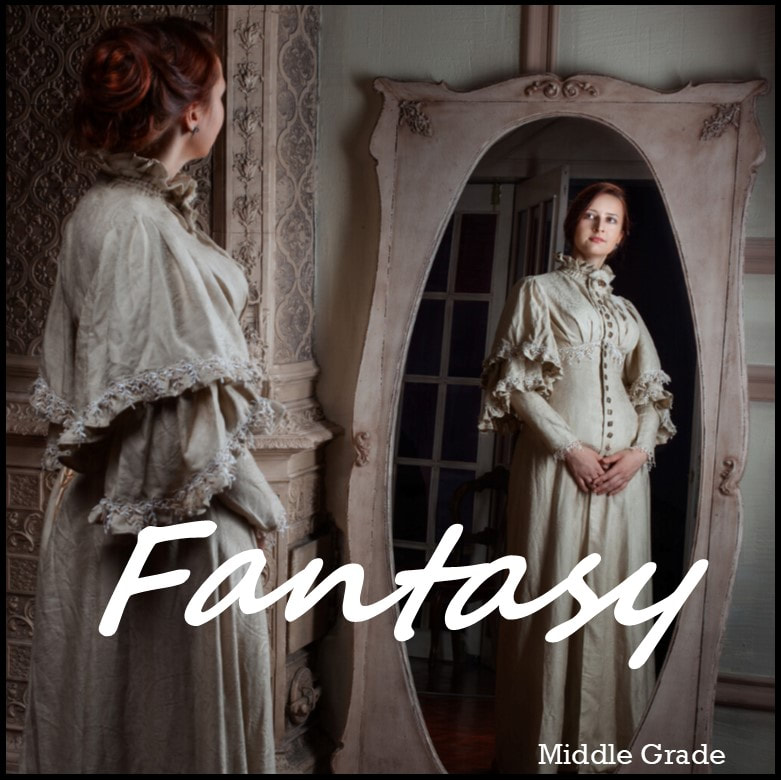

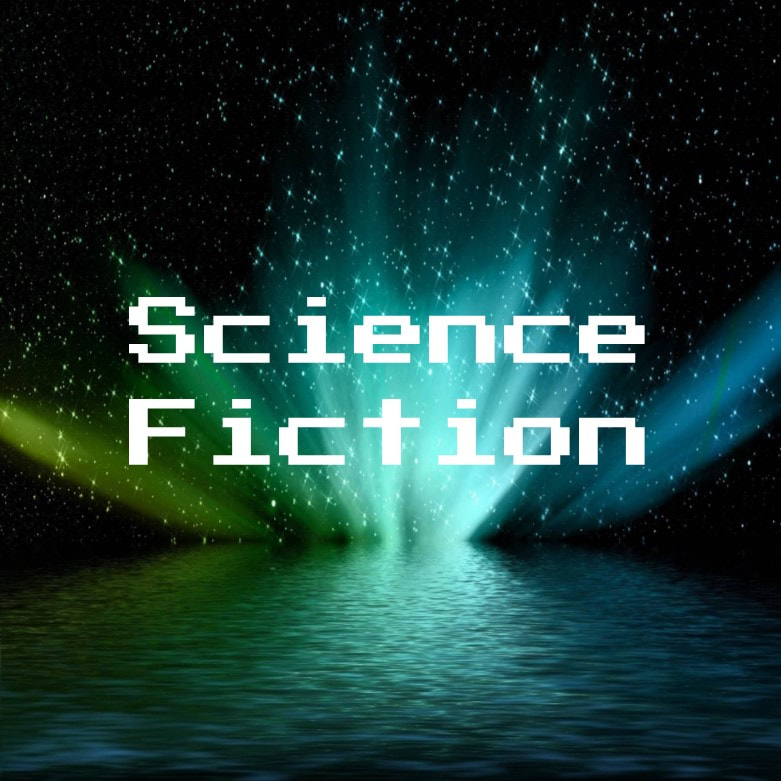
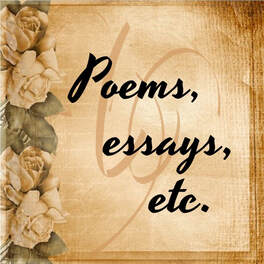

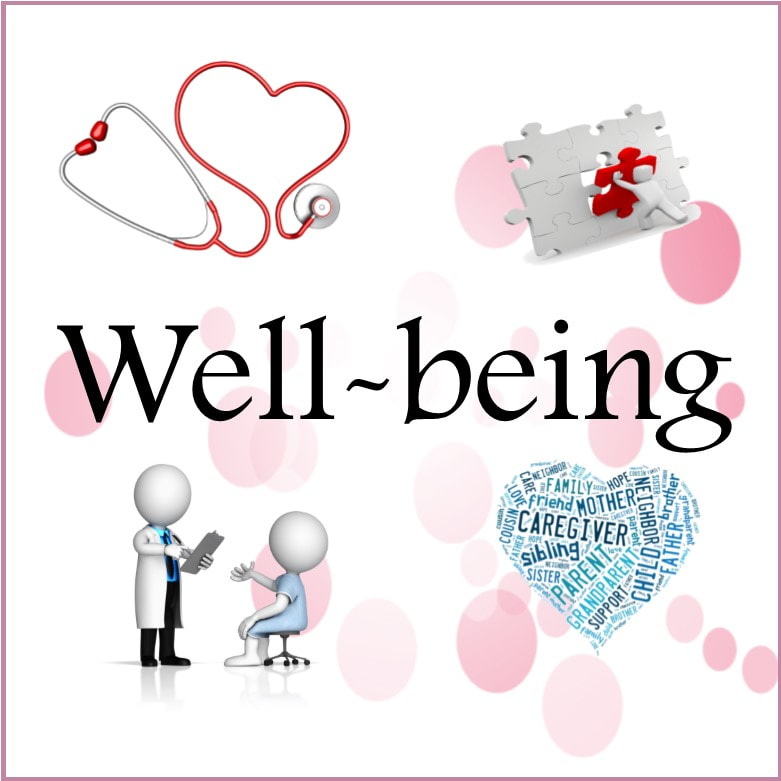
 RSS Feed
RSS Feed